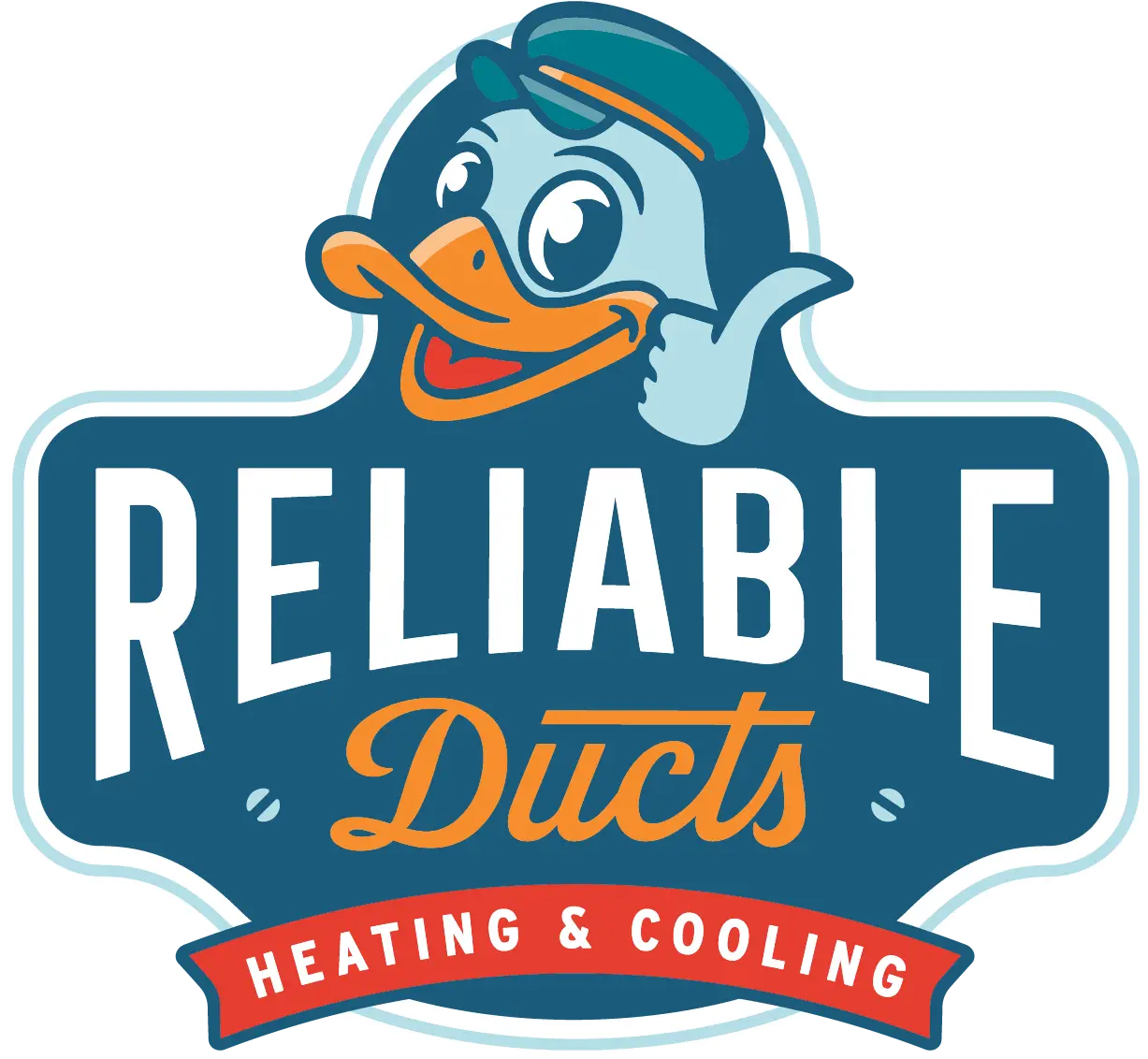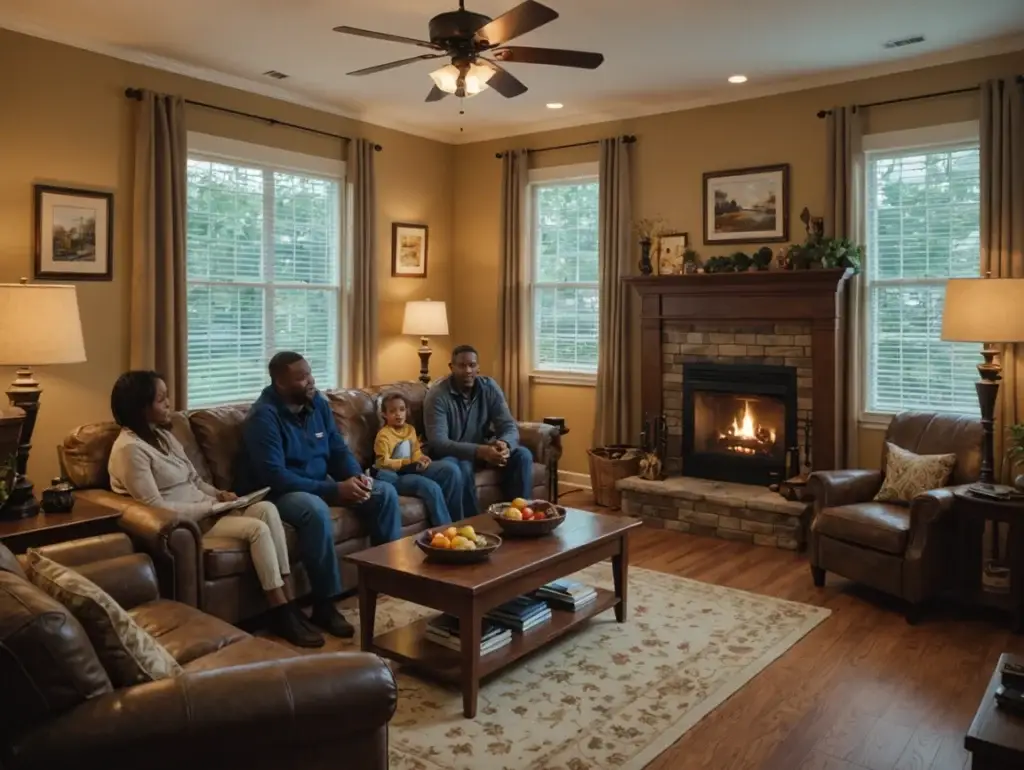An air purifier is an ideal solution for eliminating offensive odors and dust from a wide range of air pollutants, including cooking and pet smells, smoke, and tannins from your backyard as well as dust and pollens that cause respiratory conditions. Air purifiers also protect you from harmful chemicals, viruses, and bacteria lurking in unclean indoor air.
On the other hand, dehumidifiers take moisture out of the air. Though a dehumidifier is not a substitute for air conditioning, it is ideal for reducing humidity and protecting walls, bookshelves, and artworks from damage. Some people may choose to go for either the air purifier or the dehumidifier, and others may need both, depending on the season and their personal needs.
Functions of Air Purifiers and Dehumidifiers
An air purifier is a device that provides an inexpensive method of eliminating odors and pollutants found in common household environments when it is placed at a door or near an existing window. It features an activated carbon pre-filter to trap larger particles and to extend the filter’s life while enhancing odor-control capabilities. The air cleaner includes an allergen mode for removing the most common airborne allergens that can irritate the sensitive tissues of the nose and eyes, such as pollen and specific pet dander components.
A comprehensive air purifier system is comprised of three active components. The pre-filter traps big particles in the air and stops them from getting to the other more sensitive filters. The active carbon filter works to remove odors from your air. The final component is the high-efficiency filter. These filters are made from millions of fibers that are woven together tightly. This design allows air to pass through, but it captures even the smallest particles in your home, including mold spores, pollen, dust mites, bacteria, viruses, and germs.
A dehumidifier controls humidity in the home, lowering levels when they are too high. This device sucks excess water vapor moisture out of the air and then gathers it in a container within its system. Dehumidifiers don’t purify your home’s air like an air cleaner, but they do offer some benefits, including effectively lowering humidity levels. Dehumidifiers are best for those living in humid or hot areas or for those who want to prevent mold and mildew buildup.
For the best results, put your unit in a spot with the most accessible area to suck up the air closest to where you spend most of your time. Unlike an air purifier, a dehumidifier does not have a filter or a fan to circulate air. While it will work best in any room with small amounts of moisture, you can also keep yours in closets and basements where mold commonly grows to help prevent problems.
Features of Dehumidifiers and Air Purifiers
When considering a dehumidifier for your home, some features are almost must-haves. A humidistat, or hygrometer, is essential for effective operation and proper humidity control. This feature automatically controls the amount of moisture the device pumps out of the air based on a preset humidity level you enter. Choosing one with a humidistat is crucial because a dehumidifier will work harder and burn out quickly without it.
Size or capacity is probably more critical in dehumidifiers than with other appliances like room air conditioners and fans since you’re going to be using this device several times every day. You could also consider buying multiple devices if you have enough space in your basement, laundry room, storage area, or wherever you notice extra humidity.
Finally, drainage options are also important; if you don’t have time to drain the bucket every day or two manually (more often during the most humid times), make sure you pick a dehumidifier with a built-in condensate pump.
When looking to acquire an air purifier, several features set it apart from the dehumidifier. The change filter indicator gives you a visual sign when your filters need changing. It will help you avoid any unexpected shutdowns or a machine that stops functioning as it should. Intelligent control is vital; most people rely on connected devices that are controlled via smartphone or tablet.
The eco-mode feature automatically turns off your purifier or keeps it in standby mode if it detects no indoor pollution for 30 minutes. When combined with the eco-timer function, this helps save energy and reduce electricity bills. Noise-reduction technology in the air purifier is an important feature, especially now that a lot of people work from home. It allows people to focus on their tasks and rest undisturbed while enjoying good air quality. Low noise levels in work environments and homesteads with easily bothered children are particularly important.
Energy Efficiency and Cost of Air Purifiers and Dehumidifiers
It would help if you always considered energy efficiency when purchasing an air purifier. While the process of removing harmful contaminants from the air is a good thing, you also do not want to spend too much energy and money on it. Dehumidifiers and air purifiers are much cheaper than a new heating or cooling system; however, the cost of operating either device is similar. A dehumidifier will cost about 13 cents per hour to run whereas an air purifier will cost 11 cents per hour to run. Compare this to the average microwave, which costs 18 cents per hour to operate.
Air purifier technology has advanced considerably in the last few years, and companies have begun to put out some moderately priced devices. Of course, many devices cost upward of a thousand dollars. Go for the air cleaner that fits your space completely because this reduces the strain put on the machine. Some tips also help improve the air cleaner’s efficiency, like reducing large flows of air into the space when the air cleaner is running by avoiding unnecessary door openings and by keeping windows closed when the machine is running. These steps reduce the number of contaminants entering the space by keeping external pollutants out. Routine maintenance is also vital to ensure that the purifier operates efficiently.
A cost-effective air cleaner does not have to operate all the time at maximum capacity; a low flow of air is just as effective as a high airflow on most models. The smaller airflow, in turn, consumes a lower amount of energy. Both types of equipment are good options in terms of energy efficiency. However, the device features might sometimes be the deciding factor on the energy efficiency of the equipment. Therefore, it is essential to have a wide range of options from which you can select, making it easier to find the most energy-efficient device.
All of this information is a good starting point to selecting a good solution for air quality. At Reliable Ducts, we can further assist you in choosing the right air cleaner for your home in Jacksonville or a surrounding area. Our services include heating and cooling, air duct cleaning, humidity control systems, and more. Contact us today to schedule your appointment or to learn more about our services.


